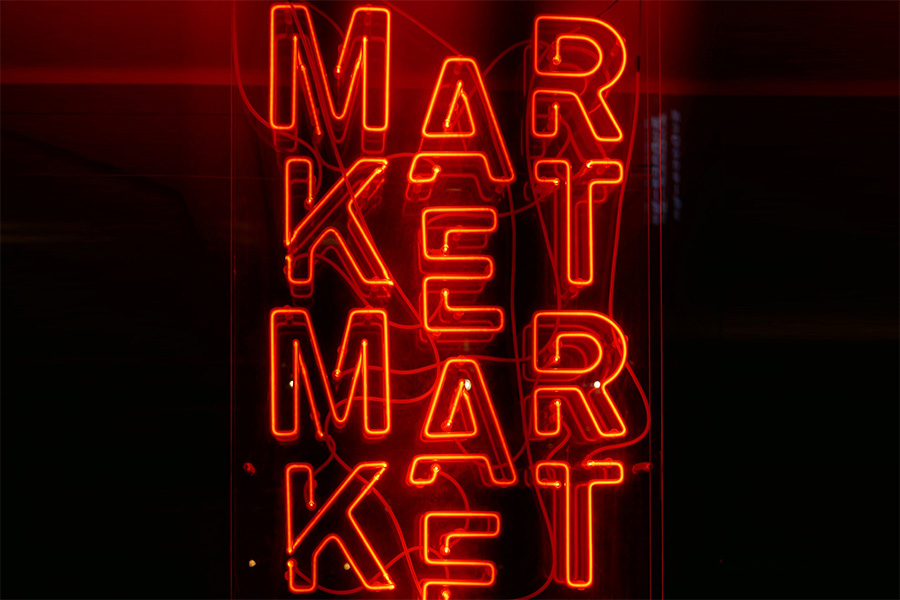
Imagine frequenting the same coffee shop and on every visit the barista doesn’t remember you, your order, your preferences, your dairy-free allergy; doesn’t make any recommendations based on your past preferences or likes, but instead makes a limited-time-offer (LTO), dairy-heavy recommendation to you. Makes for a bad customer experience, doesn’t it? Yet most brands are doing exactly that and think they’re benefiting the consumer.
Most digital-first direct-to-consumer brands such as Casper, Dollar Shave Club, Warby Parker, and Harry’s are absolutely crushing some of the biggest longevity brands with personalization—from messaging to the post-purchase experience. They understand that the concept of personalization has a much higher conversion rate, offers a convenient experience, and fosters loyalty.
In addition, with the availability of so many digital measurement tools, measuring transparency of campaigns is easy and cheap, better than it’s ever been thanks to analytics. We now have the ability to record all interactions and see the entire customer journey beginning at media, to first engagement, to conversion, and we can adapt creative at every stop point and deliver a highly personalized experience across all channels.
Starters on some best practices to approaching personalization:
- Focus on a customer-first approach. Build the entire system with the mindset of creating a simple and convenient journey.
- All customer data is important. Don’t just track the views and converts. Capture as much data as possible, ask for their feedback, and review constantly.
- Personalization is the goal. Review everything: behavior, lifestyle, media engagements, social media, loyalty programs, converted and nonconverted funnels. Everything.
Start somewhere and start small. Personalization can’t be done overnight. It takes time building out personas and key segments and focusing on behavioral goals. Analyze and put a plan in place to reach and engage the best possible way across channels.